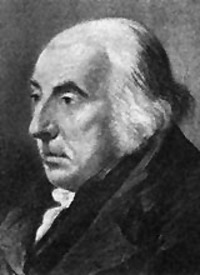Charles Cameron Architect
Charles Cameron (1745 – 19 March 1812) was a Scottish architect who made an illustrious career at the court of Catherine II of Russia. Cameron, practitioner of early neoclassical architecture, was the chief architect of Tsarskoye Selo and Pavlovsk palaces and the adjacent new town of Sophia from his arrival in Russia in 1779 to Catherine's death in 1796. All his indisputable tangible works "can be encompassed in a day's tour"; Cameron concentrated exclusively on country palaces and landscape gardens. Twice dismissed by Paul of Russia during the Battle of the palaces, Cameron enjoyed a brief revival of his career under Alexander I in 1803–1805. Apart from the well-researched Catherinian period (1779–1796), Cameron's life story remains poorly documented, not in the least due to Cameron's own efforts to shake off the bad reputation he had earned in the 1770s in London.Cameron's British neoclassicism was an isolated episode in Russian architecture, then dominated by Italian artists (Antonio Rinaldi, Giacomo Quarenghi, Vincenzo Brenna). According to his first biographer Georgy Lukomsky, "Cameron remains one of the greatest exponents of British taste and British Art abroad, and if he has been so completely forgotten in his own country, it would seem only right to rectify this omission". Howard Colvin ranked Cameron "one of the major urban architects of the eighteenth century ... an accomplished designer and decorator in a neoclassical style that has affinities with that of Robert Adam. His style is sufficiently individual to exonerate him from the imputation of being merely an imitator... Although still a Palladian, Cameron was a pioneer of Greek Revival in Russia."
Search
Architect
| Significant building | |
|---|---|
| Significant project |
